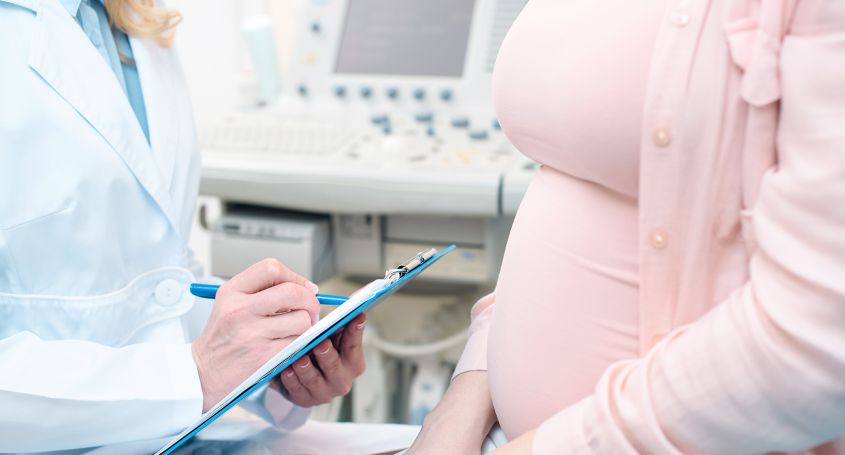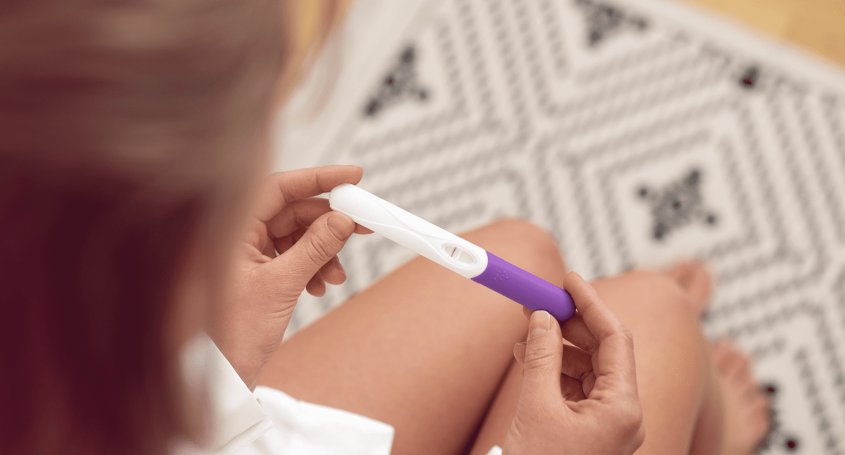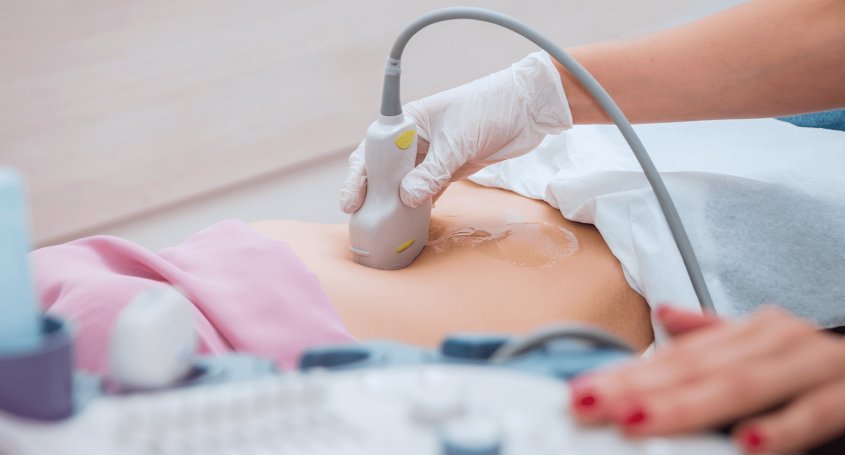The endometrium is a mucous layer that lines the inside of the uterus. It is recognized for having a primary function: the implantation of the previously fertilized egg inside the uterus. For this reason, a preparation of the endometrium is performed before the transfer. This preparation is a crucial stage in assisted reproduction treatments such as egg donation or embryo transfer. Below, we tell you more about this process.
What does implantation consist of?
As we have explained in previous publications, implantation is a phase of the reproductive process in which the embryo attaches to the endometrium in order to receive oxygen and nutrients through the blood and, in this way, continue its development. This phase occurs approximately 6-8 days after fertilization.
Implantation is key to achieving pregnancy, so it is necessary to ensure that the uterine environment is suitable for the embryo and endometrium to interact.
To ensure that this phase develops successfully, we must ensure that the embryos are of optimal quality and that the endometrium is receptive.
How do we obtain embryos of optimal quality?
In assisted reproduction techniques, we specifically select the embryos with the best quality for subsequent embryo transfer to the mother's uterus. Specifically, at Barcelona IVF, we have the Embryoscope , an incubator with an image capture system that allows us to evaluate the embryos at any time. Thanks to this incubator, we are able to select the embryos with the greatest chances of achieving pregnancy.
What is endometrial receptivity?
The term endometrial receptivity refers to a state of the endometrium in which implantation is allowed. This involves a number of structural, molecular, and vascular changes. In the menstrual cycle it usually occurs on certain days, between about 6 and 7 days after ovulation.
Endometrial receptivity is assessed through its optimal size and appearance. For the endometrium to be receptive, it must meet certain requirements. First of all, its thickness should be between 6-14 millimeters approximately. In addition, when observed in ultrasound, it must have a trilaminar appearance, in other words, with 3 different layers.
Preparation of the endometrium in assisted reproduction
To obtain a receptive endometrium, endometrial preparation can be performed naturally or artificially. In the case of women without ovarian function, that is, who do not menstruate, the preparation will have to be carried out with an artificial or substituted cycle.
Preparing the endometrium with a natural cycle means not having to administer estrogen, since we obtain it from the body's own production. In these cases, the woman should have a regular menstrual cycle. In addition, a number of menstrual cycle controls are carried out through vaginal ultrasounds.
If we want to prepare the endometrium with an artificial cycle, estrogen will be administered from the first days of the menstrual cycle to achieve the appropriate thickness. This hormone can be administered in different forms: pill, patch, cream, etc. After about 10-12 days, a vaginal ultrasound is carried out to check the thickness of the endometrium. If the endometrium has the right characteristics, progesterone will be administered. In this option, the transfer can be programmed and fewer ultrasounds are performed.
And you, did you know these two types of endometrial preparation?














